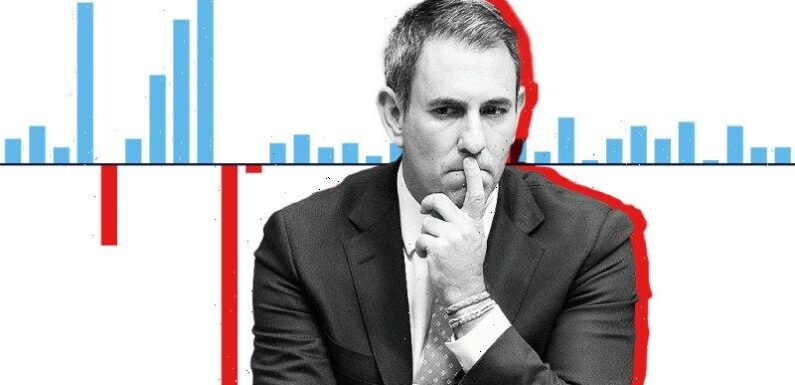
The Australian economy has continued to grow – by less than economists expected, but by enough to show the economy is still relatively strong despite global uncertainty, high and rising inflation and surging interest rates.
Here’s a look at what drove the economy, and how the data suggests that growth will slow.
Over the three months to September, gross domestic product (that is, the value of goods and services produced over that time) grew by 0.6 per cent. Over the year, GDP has grown by 5.9 per cent.
That economic growth has been driven by household spending, which has been fuelled by an uptick in spending on non-discretionary goods and services.
Shoppers held back early in the pandemic and again when the Delta wave hit in the second half of last year. But when lockdowns and COVID restrictions were eased, households spent big.
While renters have had to fork out more for a roof over their head since the pandemic began (those costs are up 5.5 per cent compared with September 2019), spending on food has not changed by much and households have actually slowed spending on energy and fuel.
But spending on recreation and culture, clothing and footwear and new vehicles has skyrocketed over the same period. People are spending nearly one-third more on clothing, footwear and new cars, while spending on recreation and culture is up 20 per cent as people travel interstate more freely this year.
That increase in spending can also be seen in the industries that contributed the most to GDP growth.
Transport, postal and warehousing increased 3.5 per cent over the September quarter, and accommodation and food services up 3.4 per cent thanks to the boom in dining out and local holidaymaking.
But this national shopping spree is not going to last as the household saving ratio shows. When people couldn’t spend money in 2020, the savings ratio peaked at 23.5 per cent, but the amount of money households put aside has been steadily falling since most pandemic restrictions were lifted earlier this year. It’s now nearing pre-pandemic levels.
Spending has been largely fuelled by this saving, thanks to inflation eating into any wage gains, and now the official cash rate has reached a 10-year high of 3.1 per cent the economy is expected to slow right down next year.
Most Viewed in Politics
From our partners
Source: Read Full Article